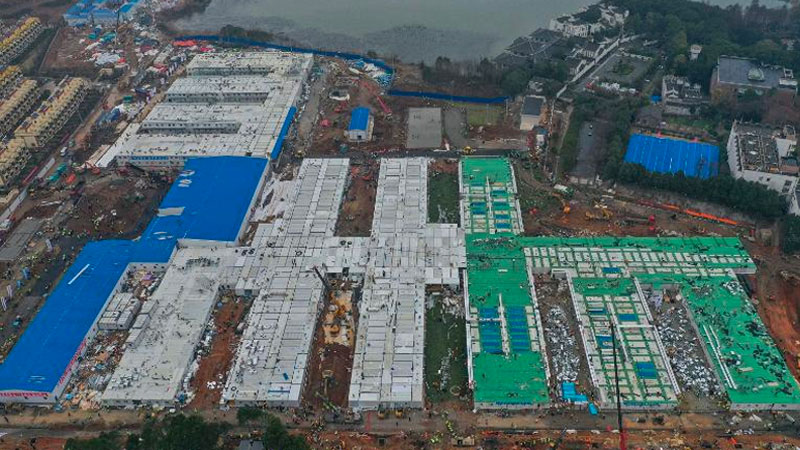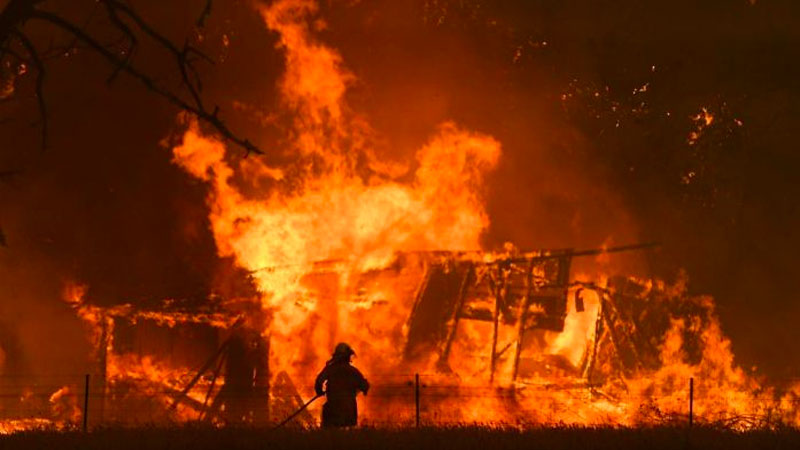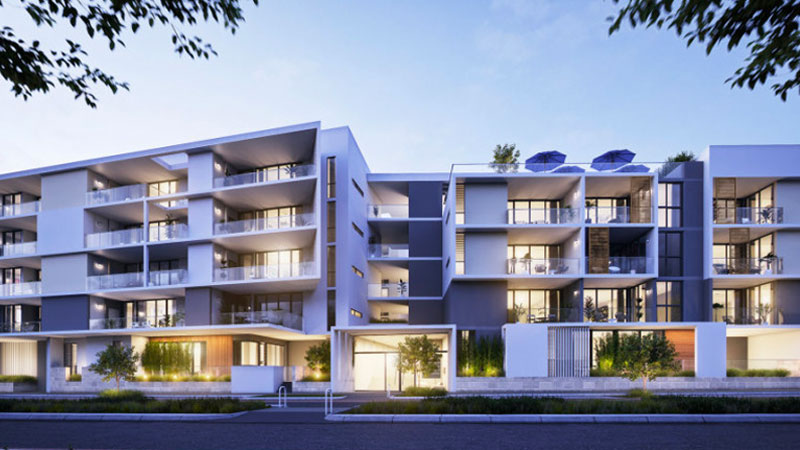‘Treading Murky Waters’: Economists Weigh In On 2020 Market Outlook
Treading “murky economic waters” in the wake of the coronavirus, dealing with the new normal of a long economic cycle and looking for hot spots in property performance are key topics heading into 2020.
Property analysts, economists and industry experts will explore the economic outlook at The Urban Developer’s 2020 event series in Melbourne, Sydney and Brisbane this February.
We caught up with Sarah Hunter, Scott Haslem and Michelle Ciesielski ahead of the event later this month.
They will be joined by Macroplan executive chairman Brian Haratsis, who will provide an overview of the commercial, retail and industrial sectors of the market in 2020.

BIS head of macroeconomics Sarah Hunter said the economy is expected to pick up in the second part of the year, however, “the water has been quite muddied by these big one of shocks that have happened in the past couple of months”.
TUD: How have the bushfires and coronavirus affected the economy?
Sarah Hunter: As the coronavirus centres on China, authorities have shut down one of their major manufacturing regions—the Wuhan Province.
If we are looking at the damage that does to the economy, before the virus we thought growth this year would have been around 6 per cent for GDP, now it’s looking more like 5.4.
That assumes they get on top of the virus in the next few weeks and by the time we get into March and certainly by the close to Easter we are definitely coming out the other side. Once the travel restrictions are being lifted and they’re starting to allow people to go to work and this sort of thing.
That’s a relatively optimistic outcome, in as much as that's the best it could be, it could be much worse, it could take them much longer to get on top of things.
That’s going to drag on growth in China, which has implications for Asia and for us.
We have a travel ban now, with arrivals from China and tourists coming in from China which accounts for 30 per cent of our tourists.
From a tourism perspective this year is going to be pretty awful and that’s on top of bushfires. It's a really tough environment.

TUD: Where are the opportunities in the next 18 months?
SH: Victoria is certainly going absolutely great guns with really strong population growth.
This gives you a double positive, it creates demand and so spending by households and also they have all these people to accommodate and service. On the supply side there’s extra people to work and produce.
The Victorian economy has been a shining light across the big states in recent years and the population numbers are very strong and that suggests that [Victoria's growth] will continue.
Tasmania has been a big out-performer, just recently with very strong economic growth [and] strong population growth too, as you’ve seen in Victoria.
The housing market there has really been on fire. There’s very robust price increases and rent as well.
It's pretty much the only capital city that is bucking the general trend where rent inflation has stayed really quite robust in recent years.
As a result, consumer price inflation has also stayed relatively high down there. Whereas in the rest of the country it has really been quite weak.
Related: What’s Ahead for Property Markets in 2020
Crestone Wealth Management chief investment officer Scott Haslem said one of the challenges for investors is “tension between a really long economic cycle and investment cycle and the nash reaction of investors [but] the preconditions for a downturn are not there”.
TUD: What has been happening in the global economy?
Scott Haslem: The interesting things we are looking at—is that the world is in a new normal and that economy seems to cycle in a fairly tight range, moving up and down.
It doesn't really respond to pretty easy monetary policy and easier fiscal policy but if you've got ongoing geopolitical skirmishes, they are going to create volatility.
That's all surrounded by really big structural trends, the rise in the emerging markets, digitisation of the world and obviously an increasing push towards sustainable activity so all of those things are pretty interesting.
It makes it harder to find a catalyst to bring that to an end, if history says typically you get a cycle ending if you get high inflation, and central banks respond to that by lifting rates.
We [now] find ourselves in a more sluggish lower growth environment. So it becomes a little more challenging to forecast things that aren't moving around very much.

TUD: How does this affect the property market and developers?
SH: In Australia we are in a global economy where inflation is hard to find. We heard from RBA governor Phil Lowe that it's very unlikely interest rates are going up anytime soon, so I think you could be forgiven for thinking interest rates were not going to be rising for at least one to two years.
What that means is the cost of capital and the ability for people to make decisions is pretty strong in terms of low interest rates.
In Australia, it is clearly not running as strong as it has in the past but we have but we still have a fairly robust economy with reasonably strong population growth. So the fundamentals around property I think would remain reasonably firm.
I would be hoping, we would see over the next year or so, a continued recovery in the property sector.
I'd like to think property prices can move higher 3 to 5 to 7 per cent without taking off which I think would be disappointing. That we would move through a period of lower construction.
I think that’s inevitable given what we can see in building approvals, that construction is going to be lower this year. We’re seeing some signs of stability in the building accruals data around the 170-180 mark which is a reasonable level of activity for the property sector.
That should provide an improvement in property activity as we move into 2021.
By late 2021 we should start to see increased physical property construction activity and all the hang-ons that go with that in terms of construction sector—the brown goods, white goods and those types of activities.
Related: Which State Has the Strongest Economy?
Knight Frank Australia partner and head of residential research Michelle Ciesielski said the medium-density market was not keeping up with demand, “so the power sits with the developer [if] they can get finance to build”.
TUD: What trends are you seeing?
Michelle Ciesielski: When we were in that heated part of the market, two three years ago, especially in Sydney and Melbourne—medium density became the more affordable option for those people who didn’t necessarily want to live in high density or high rise living.
What we then found was developers started to buy more sites in this space … and were able to get finance much easier for a medium density development rather than a high rise.
[However] those sites were actually quite limited to buy and we are now in a situation where house prices are starting to pick up again.

TUD: What opportunities are there in the next few years?
MC: What we are finding is that people who are wanting to downsize still want all those things that they have in their current home or a higher amenity to compensate for that in their later years. In terms of building, a lot of these people are looking for a three bedroom minimum.
They almost want to replicate what they’ve been living in without the garden and the pool and the upkeep. To find three bedroom apartments or townhouses within [current] developments is actually quite tricky.
They [developers] have moved from catering for an investor-because obviously we had the restrictions around lending-so saw a lot more owner occupiers come into the market.
You've obviously got that down-sizer crowd, you’ve got families and you’ve got single people who want to have that extra room so that’s something that I feel the market is not keeping up with demand.
There’s implications for developers, to produce that type of stock could actually impact their bottom line.
At the end of the day, a lot of that power is sitting with the developer whether that stock is built or not.
There are a lot of people who are wanting to downsize but are staying in their family home because the stock is not available. In saying that we are dividing it up into different regions.
There are some areas that like your southern suburbs of Sydney and certainly Brisbane and the Gold Coast are catering for the market but most other regions of Sydney and Melbourne just aren’t keeping up with that demand and it will continue because we have an ageing population.
Join us for The Urban Developer’s 2020 Outlook Series, a briefing on the economic, political and market factors shaping the property industry in the year ahead.















